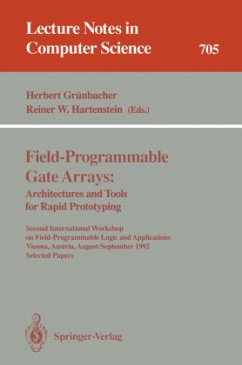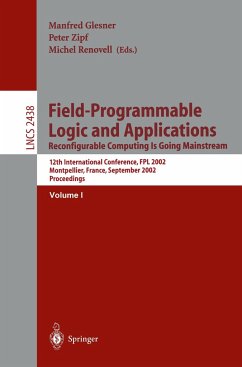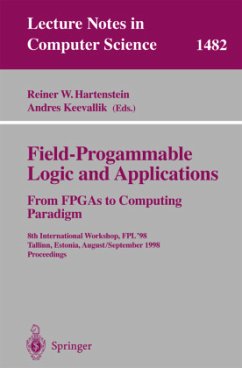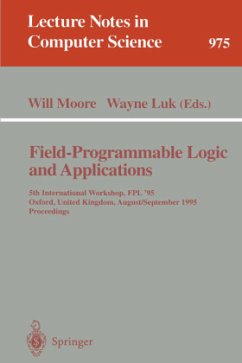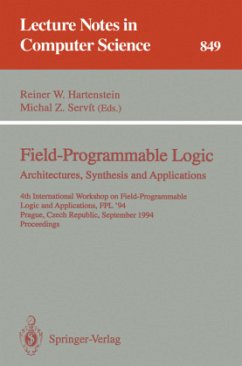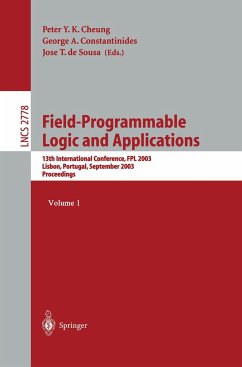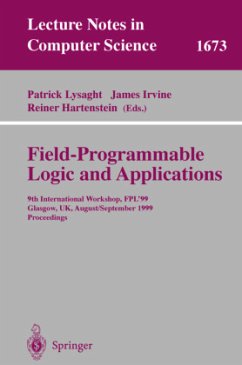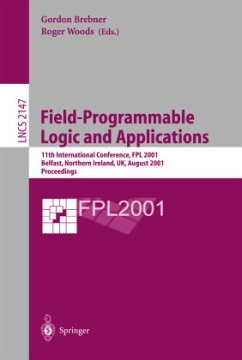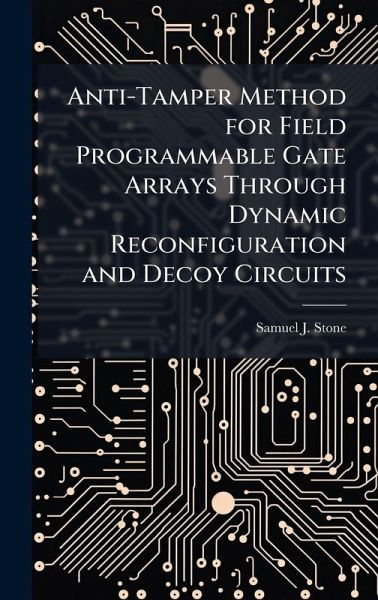
Anti-Tamper Method for Field Programmable Gate Arrays Through Dynamic Reconfiguration and Decoy Circuits
Versandkostenfrei!
Versandfertig in über 4 Wochen
29,99 €
inkl. MwSt.
Weitere Ausgaben:

PAYBACK Punkte
15 °P sammeln!
As Field Programmable Gate Arrays (FPGAs) become more widely used, security concerns have been raised regarding FPGA use for cryptographic, sensitive, or proprietary data. Storing or implementing proprietary code and designs on FPGAs could result in compromise of sensitive information if the FPGA device was physically relinquished or remotely accessible to adversaries seeking to obtain the information. Although multiple defensive measures have been implemented (and overcome), the possibility exists to create a secure design through the implementation of polymorphic Dynamically Reconfigurable F...
As Field Programmable Gate Arrays (FPGAs) become more widely used, security concerns have been raised regarding FPGA use for cryptographic, sensitive, or proprietary data. Storing or implementing proprietary code and designs on FPGAs could result in compromise of sensitive information if the FPGA device was physically relinquished or remotely accessible to adversaries seeking to obtain the information. Although multiple defensive measures have been implemented (and overcome), the possibility exists to create a secure design through the implementation of polymorphic Dynamically Reconfigurable FPGA (DRFPGA) circuits. Using polymorphic DRFPGAs removes the static attributes from their design; thus, substantially increasing the difficulty of successful adversarial reverse-engineering attacks. A variety of dynamically reconfigurable methodologies exist for implementations that challenge designers in the reconfigurable technology field. A Hardware Description Language (HDL) DRFPGA model is presented for use in security applications. The Very High Speed Integrated Circuit HDL(VHSIC)language was chosen to take advantage of its capabilities, which are well suited to the current research. Additionally, algorithms that explicitly support granular autonomous reconfiguration have been developed and implemented on the DRFPGA as a means of protecting its designs. Documented testing validated the reconfiguration results, compared original FPGA and DRFPGA, security, power usage, and area estimates. This work has been selected by scholars as being culturally important, and is part of the knowledge base of civilization as we know it. This work was reproduced from the original artifact, and remains as true to the original work as possible. Therefore, you will see the original copyright references, library stamps (as most of these works have been housed in our most important libraries around the world), and other notations in the work. This work is in the public domain in the United States of America, and possibly other nations. Within the United States, you may freely copy and distribute this work, as no entity (individual or corporate) has a copyright on the body of the work. As a reproduction of a historical artifact, this work may contain missing or blurred pages, poor pictures, errant marks, etc. Scholars believe, and we concur, that this work is important enough to be preserved, reproduced, and made generally available to the public. We appreciate your support of the preservation process, and thank you for being an important part of keeping this knowledge alive and relevant.



